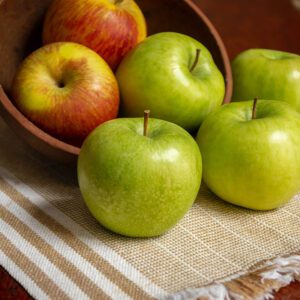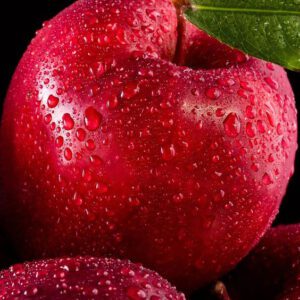CITRUS
Vitamin ‘C’ and antioxidants are constant nutrients in “Citrus sps”
Product description
Citrus plants are typically evergreen trees or shrubs with glossy, oval-shaped leaves. shaped leaves; many species have thorns. The flowers are usually white, with five petals and are very fragrant. The fruits are a type of modified berry known as a hesperidium, and the flesh is divided into segments packed with tiny juice-filled vesicles. The peel, or rind, of the fruits is leathery and studded with oil glands.
Citrus fruit is one of the major horticultural crops grown worldwide, and they are the most traded horticultural commodity in the world. The exact place of The origin of citrus fruits is still under debate, but it is believed that they originated in from Southeast Asia and spread to other parts of the world. Citrus crop grown in developed and developing countries as well. Citrus fruits constitute a crucial source of vitamin C. Brazil, the Mediterranean countries, China, and the The United States accounts for about two-thirds of the total citrus production. In In the last 30 years, there has been a steady increase in the per capita consumption of citrus fruits worldwide. North America has the highest per capita capita consumption of citrus fruits in the world, followed by South America. and Europe. According to FAO, fresh citrus fruit consumption is decreasing in the developed countries, while some of the developing countries are showing an increase in consumption. Great variation exists in the types of citrus fruits. produced and consumed throughout the various parts of the world. Oranges occupy the major portion of world citrus production, followed by mandarins. Oranges form the majority of the citrus crop produced in the United States. About one-third of the citrus fruits produced globally are used for processing.
Citrus fruits are one of the largest fruit crops in the world. About 30% of citrus Fruit is processed to obtain various products, mainly juice. Similarly, the citrus industry is also the second-largest fruit-processing industry, surpassing again by the grape industry, which mainly produces wine. Neither orange Neither juice nor wine can be considered essential foods, but they do have an important role in our lives. Although citrus fruits have been consumed since ancient times, Processing, as it is known today, was not possible until thermal treatment (to inactivate enzymes and microorganisms) and concentration processes were commercially available. Since then, the citrus industry has developed rapidly. becoming prominent among food industries. Although consumption of fresh citrus fruits is popular in all producing countries, processed products must still be considered almost as a luxury. products. Breakfast with orange juice is only common in developed countries. Thus, citrus industries process value-added products whose Quality, nutritional characteristics, and purity are appreciated. Since these Three aspects are closely related to composition: the analysis of citrus Constituents are a frequent subject of research work, supported by governments and industries.
This article covers the most important aspects of citrus fruit composition, its relationship to nutritional value and its importance for product authentication. Several books have been published on these subjects, and the The further reading section lists some of them as well as published compositions. tables.
The summer is almost here, and we are all searching for various juices and smoothies to hydrate ourselves. We have many options to satisfy our throat, but citrus fruits can be the best option for summer as well as other seasons. They are tangy, they are zesty, and they are delicious! Citrus fruits are bright, colourful, fragrant, refreshing, and not only tasty. but also packed with nutrients.
Suppliers
- EGYPT
- SOUTH AFRICA
- AUSTRALIA
There is a list of citrus fruits that are essential for our health:
- Sweet oranges: Blood orange, Caracara, Valencia, Navel
- Lime – Keffir, Key lime, Persian
- Grapefruit: white, ruby red
- Lemons: Meyer, Eureka
- Mandarins: Tangerine, Calamondin, and Clementine
- Other: Buddha’s hand; citron; yuzu; pomelo
The nutritional content of each citrus fruit varies. However, loads of vitamin C and Antioxidants are constant nutrients that are present in every citrus fruit. Also, they contain
- Vitamin B
- Flavonoids and carotenoids
- Dietary fibres – pectin
- Minerals: potassium, calcium, magnesium, and copper
- Simple carbohydrates: glucose, sucrose, and fructose



